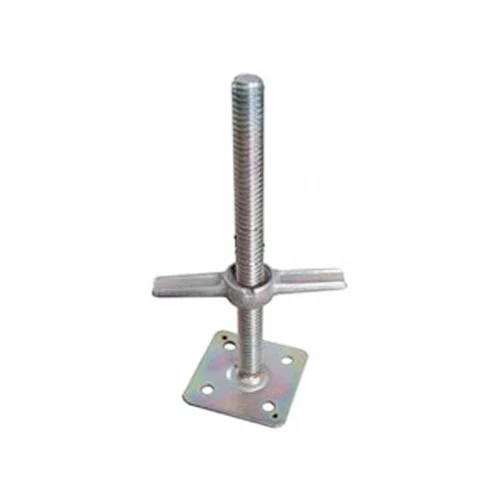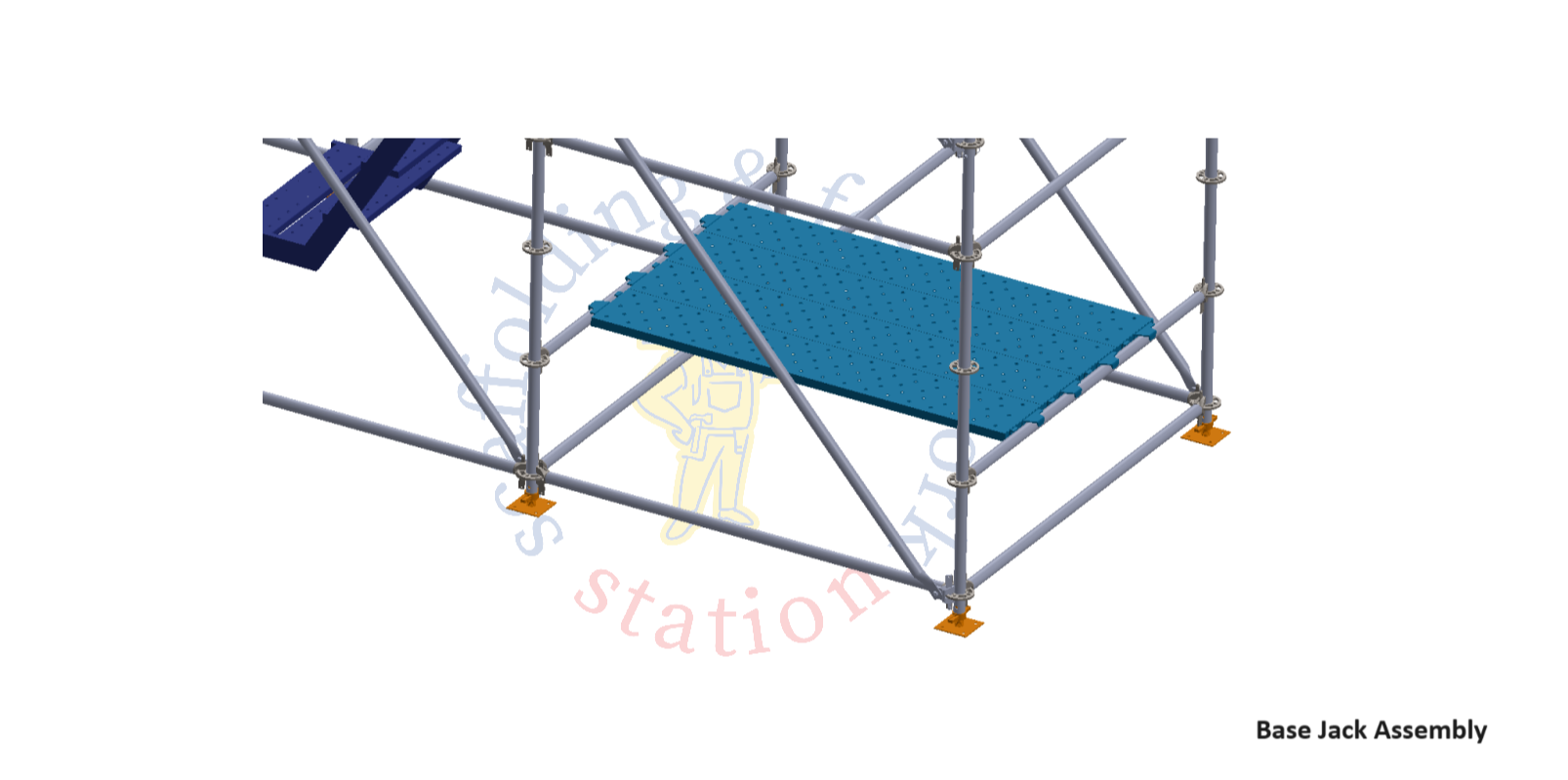
Everything You Need to Know About Base Jack Scaffolding for Your Next Project
Scaffolding is a critical element in construction and renovation, providing the necessary support and access required for work at heights. Among the various components of a scaffolding system, the base jack is one of the most crucial for ensuring stability and safety. This article delves into the essentials of base jack scaffolding, including its design, benefits, applications, and maintenance tips.
What is Base Jack Scaffolding?
Base jack scaffolding refers to the system that includes a base jack—a pivotal component in scaffolding structures. The base jack serves as an adjustable support mechanism that maintains the level and stability of the scaffolding system. It typically comprises a base plate and a screw jack mechanism, which together ensure that the scaffold is evenly supported and securely positioned.
Components of a Base Jack
- Base Plate: The base plate is a sturdy, flat metal piece designed to distribute the weight of the scaffold and its load across a broader surface area. This helps to prevent the scaffold from sinking into soft or uneven ground and provides a stable foundation.
- Screw Jack Mechanism: This mechanism allows for precise height adjustments of the scaffolding. It consists of a threaded rod and a nut that can be rotated to raise or lower the scaffold to the required height.
- Locking Mechanism: To ensure the scaffolding remains in place once adjusted, base jacks often include a locking feature that secures the screw jack mechanism and prevents accidental movement.
- Stem: The stem connects the base plate to the vertical components of the scaffold. It must be robust enough to handle the vertical loads imposed by the scaffolding system.
Benefits of Base Jack Scaffolding
- Adjustability: The screw jack mechanism allows for precise height adjustments, which is crucial for leveling scaffolding on uneven surfaces or achieving the correct working height.
- Load Distribution: The base plate helps to distribute the load of the scaffold evenly, reducing the risk of localized pressure that could cause instability or collapse.
- Enhanced Stability: By providing a stable foundation, base jacks help to ensure that the scaffolding remains secure, reducing the risk of tipping or shifting.
- Versatility: Base jacks can be used in various conditions and configurations, making them suitable for a wide range of construction and maintenance applications.
Applications of Base Jack Scaffolding
- Construction Projects: Base jacks are essential for supporting scaffolding used in building new structures. They ensure that the scaffolding remains stable throughout the construction process.
- Renovation Work: During renovations, base jacks provide stable support for scaffolding around existing buildings, allowing workers to safely access different parts of the structure.
- Industrial Maintenance: In industrial settings, base jacks are used to support scaffolding for maintenance work on machinery or high installations. Their adjustability and load-bearing capacity are particularly valuable in these environments.
- Specialized Projects: For custom scaffolding requirements, base jacks offer the flexibility needed to create tailored solutions that meet specific project needs.
Safety Considerations
- Proper Ground Preparation: Ensure that the base jacks are placed on a stable, level surface. If the ground is uneven or soft, additional measures, such as larger base plates or ground mats, may be required to distribute the load and prevent settling.
- Routine Inspections: Regularly inspect base jacks for signs of wear, damage, or corrosion. Ensure that the screw jack mechanism operates smoothly and that the locking mechanism is secure.
- Correct Installation: Follow the manufacturer’s guidelines for installation and adjustment of base jacks. Proper installation is crucial for maintaining the integrity and safety of the scaffolding system.
- Load Limits: Adhere to the specified load capacities of base jacks to prevent overloading, which can lead to potential failures and safety hazards.
Maintenance and Care
- Cleaning: Keep base jacks clean from debris, dirt, and corrosive substances. Regular cleaning helps maintain their functionality and longevity.
- Lubrication: Apply appropriate lubricants to the screw jack mechanism to ensure smooth operation and prevent rust and corrosion.
- Storage: When not in use, store base jacks in a dry, protected environment to shield them from adverse weather conditions and environmental damage.
Conclusion
Base jack scaffolding is a fundamental component of a stable and safe scaffolding system. Understanding its design, benefits, and proper maintenance can significantly enhance the safety and efficiency of your construction or renovation projects. By ensuring that base jacks are correctly installed, regularly inspected, and well-maintained, you can provide a secure working platform that supports both the scaffolding structure and the workers involved.
Whether you are managing a large construction site, a renovation project, or industrial maintenance, base jacks offer the versatility and reliability needed to achieve successful project outcomes. Keep these insights in mind to ensure that your scaffolding system remains secure and effective throughout its use.

Leave a Reply